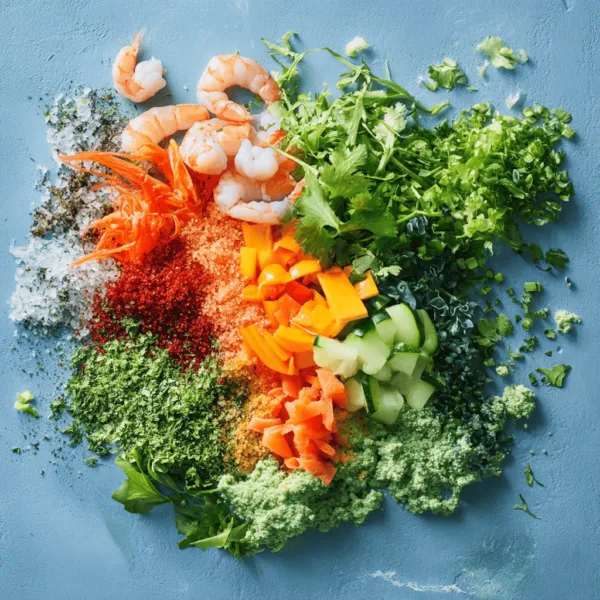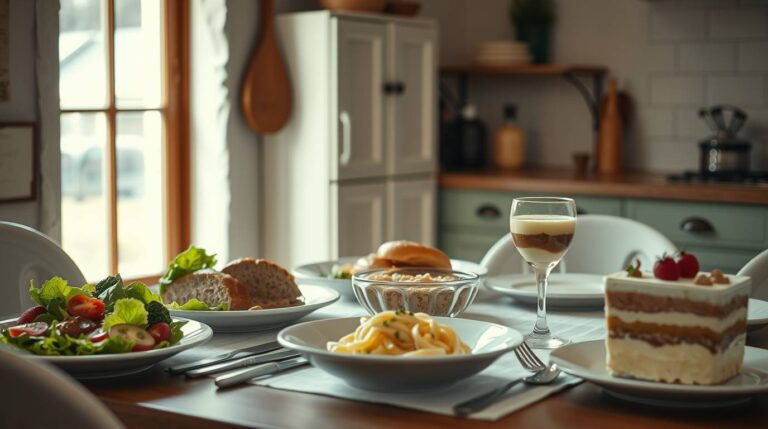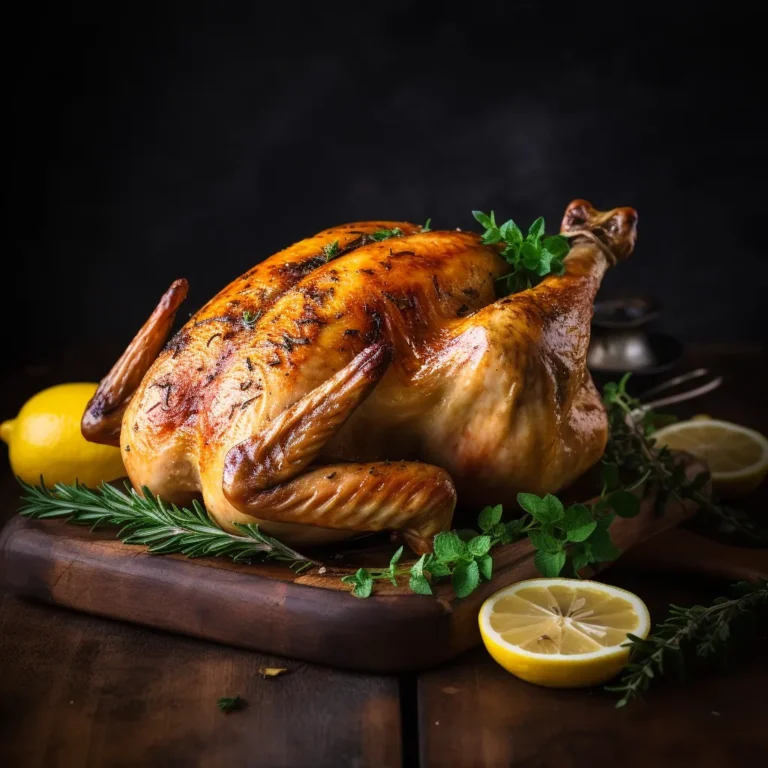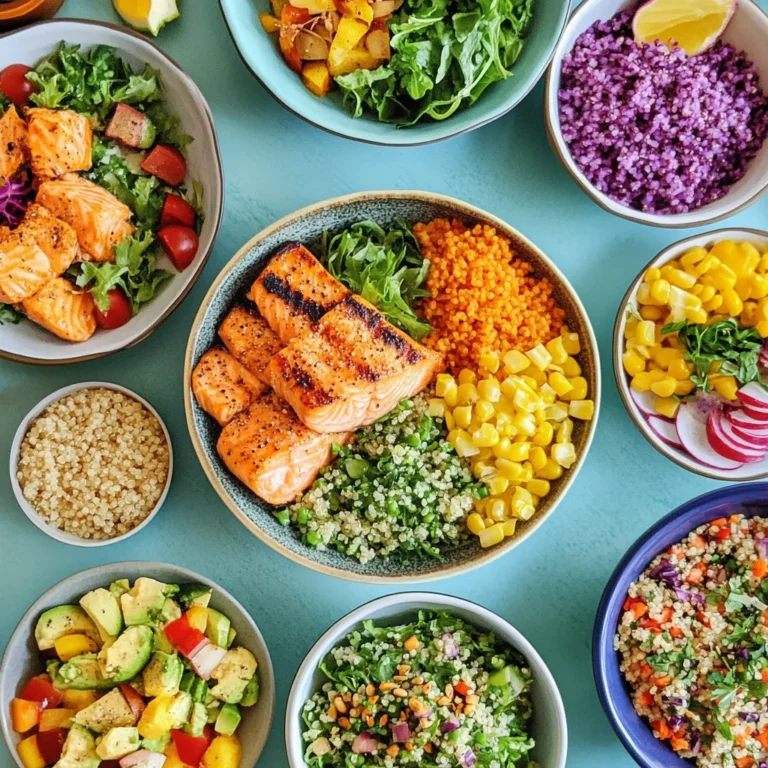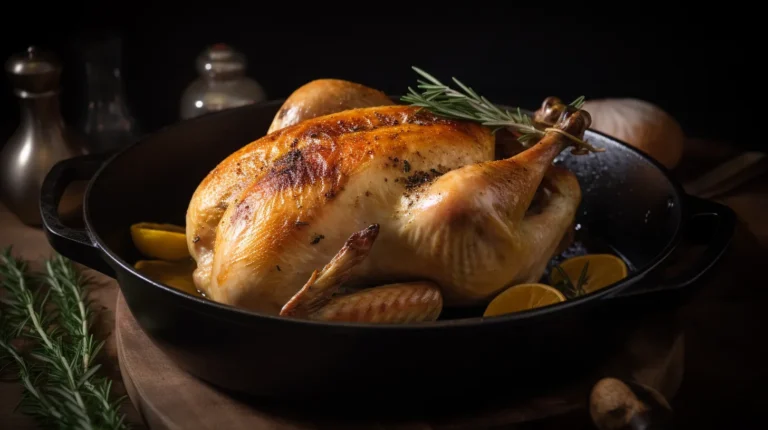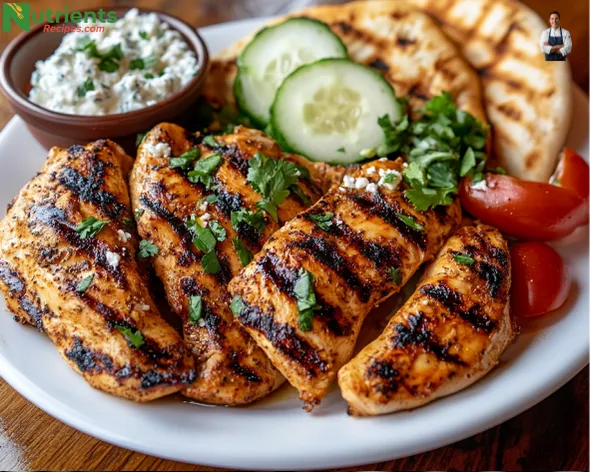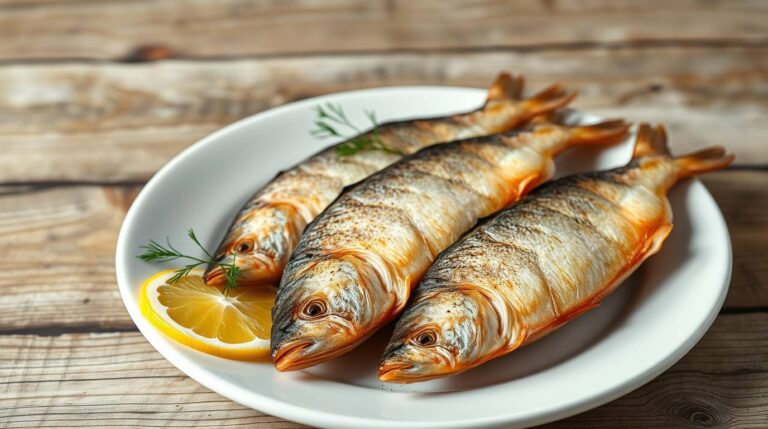10 Reasons Why the Best Homemade Fish Food Is a Game-Changer
What is the Best Homemade Fish Food?
Have you ever stopped to think about what goes into store-bought fish food? While convenient, many commercial products are filled with artificial additives, fillers, and preservatives. Feeding your fish the best homemade fish food can transform their health and vitality by providing a diet tailored specifically to their needs. When you create fish food at home, you control every ingredient, ensuring top-quality nutrition that promotes their well-being. Plus, it’s cost-effective and rewarding! In this guide, we’ll explore everything you need to know about crafting the best homemade fish food, including recipes, benefits, and expert tips.
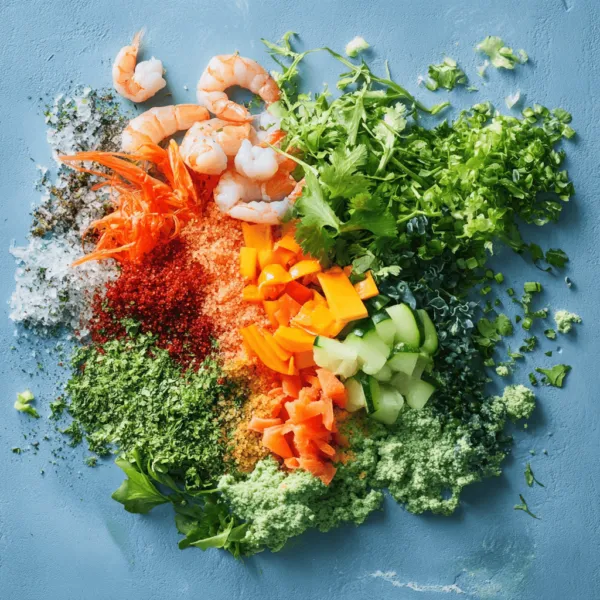
Why Choose the Best Homemade Fish Food?
The best homemade fish food offers benefits that store-bought products simply can’t match. Here’s why it’s worth the effort:
- Customized Nutrition: Every fish species has unique dietary needs. Homemade food allows you to tailor recipes to meet these requirements, ensuring your fish get exactly what they need.
- High-Quality Ingredients: By using fresh, natural ingredients, you can eliminate harmful additives and fillers commonly found in commercial fish food.
- Cost Savings: Homemade fish food is far more affordable in the long run, especially if you have a large aquarium.
- Fresher Meals: Homemade food is made in small batches, so it’s always fresh and nutrient-rich.
- Improved Health: The right balance of protein, vitamins, and minerals keeps your fish energetic, vibrant, and healthy.
For more insights into fish care, check out Fishkeeping World (DoFollow link).
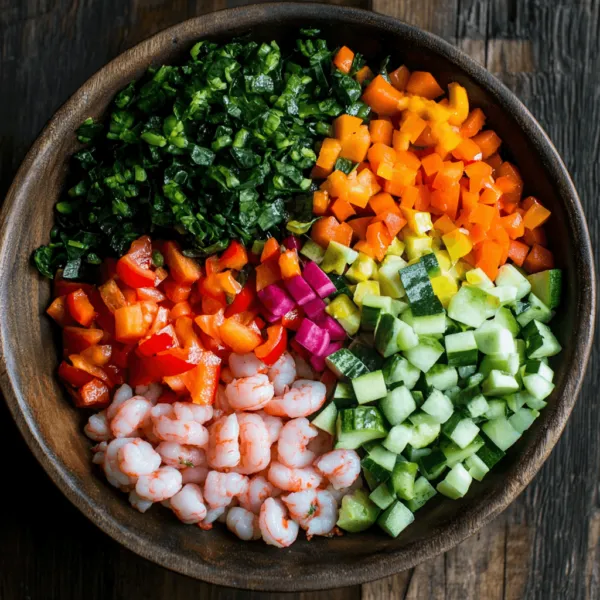
Ingredients for the Best Homemade Fish Food
Protein Sources for Fish Health
- Cooked Fish or Shrimp: Rich in protein and omega-3 fatty acids, these are excellent for carnivorous and omnivorous fish.
- Eggs: Loaded with amino acids, eggs are affordable and easy to include in homemade recipes.
- Insects and Worms: A natural treat for carnivorous fish like bettas and cichlids.
Plant-Based Ingredients for Herbivorous Fish
- Spinach, Peas, and Zucchini: These veggies are packed with fiber and essential vitamins like A and C.
- Algae or Seaweed: Natural staples for herbivorous fish, providing essential nutrients and antioxidants.
Binders and Additives
- Gelatin or Agar-Agar: These act as binders to hold the food mixture together.
- Vitamins and Minerals: Adding supplements ensures your fish receive all essential nutrients for immunity and vibrant coloration.
Step-by-Step Guide: Making the Best Homemade Fish Food
- Prepare Ingredients: Begin by washing all vegetables thoroughly to remove any pesticides or residues. Chop them into small pieces for easier blending. For proteins like shrimp or fish, ensure they’re fully cooked and fresh.
- Cook and Blend: Steam or boil the vegetables until soft. Cook proteins like shrimp or fish, and combine all ingredients in a blender. Blend until you achieve a smooth consistency suitable for fish consumption.
- Portion and Store: Pour the mixture into ice cube trays or silicone molds. Freeze for several hours, then store the cubes in an airtight container for up to three months.
Benefits of Choosing the Best Homemade Fish Food
Feeding your fish the best homemade fish food has countless advantages:
- Improved Digestive Health: Natural ingredients are easier for fish to digest, reducing waste in your aquarium.
- Better Water Quality: Homemade food contains fewer fillers, leading to less debris and better water clarity.
- Stronger Immune System: Fresh ingredients packed with vitamins and minerals boost your fish’s ability to fight off diseases.
Recipe Variations for the Best Homemade Fish Food
High-Protein Recipe for Carnivorous Fish
Blend cooked shrimp, boiled egg yolks, and gelatin for a nutrient-packed formula that supports growth and energy.
Plant-Based Recipe for Herbivorous Fish
Combine steamed spinach, zucchini, and algae with agar-agar to create a soft, gel-like food perfect for herbivorous fish.
Balanced Recipe for Omnivorous Fish
Mix cooked fish, vegetables, and algae to provide a balanced diet that suits omnivorous species like guppies and mollies.
Common Mistakes to Avoid
Creating the best homemade fish food requires attention to detail. Avoid these common pitfalls:
- Ignoring Dietary Needs: Feeding herbivorous fish a protein-heavy diet can lead to health issues.
- Improper Storage: Always freeze the food to prevent spoilage and bacterial growth.
- Using Unsuitable Ingredients: Avoid ingredients like raw meat, onions, and garlic, as they can harm your fish.
Internal Links for More Fish Care Tips
Looking for additional fish care resources? Check out these related posts:
FAQs About the Best Homemade Fish Food
- Can homemade fish food replace store-bought options entirely?
Yes, as long as it meets your fish’s specific nutritional needs, homemade food can replace commercial options. - How long does homemade fish food last?
Properly stored in the freezer, it can last up to three months. - Can I use leftovers to make fish food?
Only if the ingredients are fresh, unseasoned, and safe for fish. Avoid processed or spicy foods. - What is the ideal feeding frequency?
Feed your fish one or two small portions daily, depending on their species and size. - Are there risks in introducing homemade food?
Gradual introduction minimizes risks and ensures your fish accept the new food.
For another article://nutrientsrecipes.com/fish-food-recipe-guide

